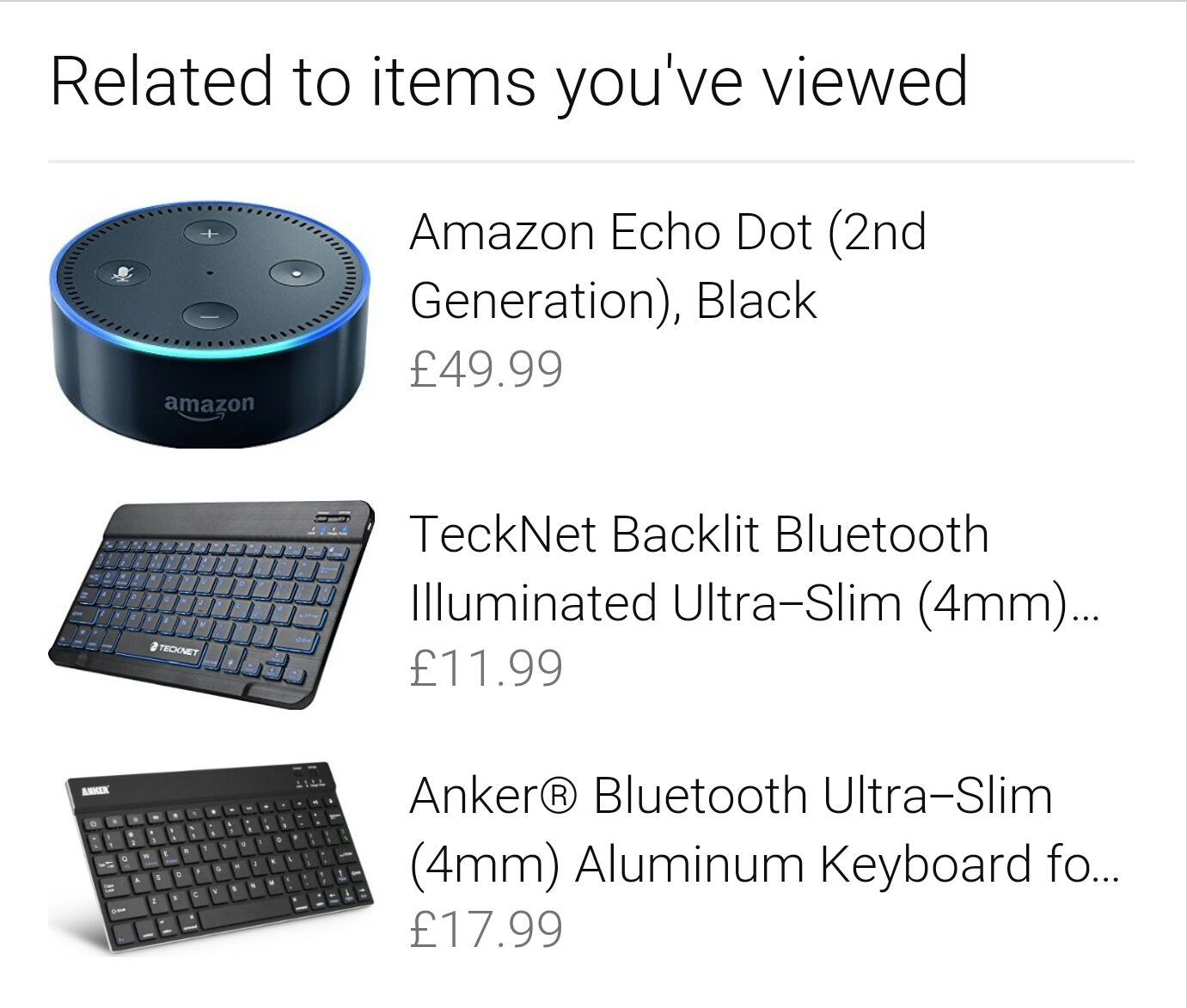Among the many ‘buzzphrases’ that you hear in content circles, ‘tone of voice’ comes near the top. (Hell, I even wrote a post about it earlier in 2013)
And if you take a straw poll of most, big, public-facing organisations, the way they want to seen (which is reflected in their tone of voice) usually includes the words ‘friendly’, ‘warm’, ‘chatty’.
Unfortunately, what a lot of the very same companies fail to take into account is the situation in which they communicate with their customers.
Lack of empathy
 Take the social media complaint, for example. We awoke this morning to discover we had no broadband connection at home…
Take the social media complaint, for example. We awoke this morning to discover we had no broadband connection at home…
A phone call to Virgin Media casually told us (via a recorded message) they were carrying out work to improve our service.
Leaving aside the fact they hadn’t pre-warned us about this, or the merits of carrying out standard improvements (not emergency, I hasten to add) first thing on Monday morning, my homeworking, self-employed partner took to Twitter to bemoan Virgin’s poor performance.
Within a short time, she received a return tweet delivered in that ‘chatty’ tone I mentioned earlier (see photo above right).
In case you can’t read it, it says: “Hi, now and then we need a little time to make the services better for the future. noon is just around the corner!”
What the (I’m sure very nice) customer service person on social media failed to pick up on is that a genuine complaint doesn’t warrant a patronising, ‘chirpy’ response.
A half-day broadband downtime is a big deal if you’re self employed and rely on fast response.
In this instance, the complaint requires an apology that attempts to sound sincere and at least tries to empathise with the complainant.
I’m sure this was just (or can be passed off as) an idle, one-off error of judgement, but the push for companies to ‘do an innocent’ and pretend they’re your friend when they talk to you will lead to many more poor exchanges with customers.
Guidelines required
This is why tone of voice guidelines that encompass differing scenarios are vital, not just a general 3-paragraph.
It’s really important to make sure you know how a brand will communicate with its audience in as many situations as possible, both difficult and easy. In other words, not just the fluffy, fun stuff.
A great (and probably over-used) example of how to do it is Mailchimp, who have even published their tone and voice (note the ‘and’) on a separate site.
Brands may not need to go to that length, but it’s a great benchmark to start with.





